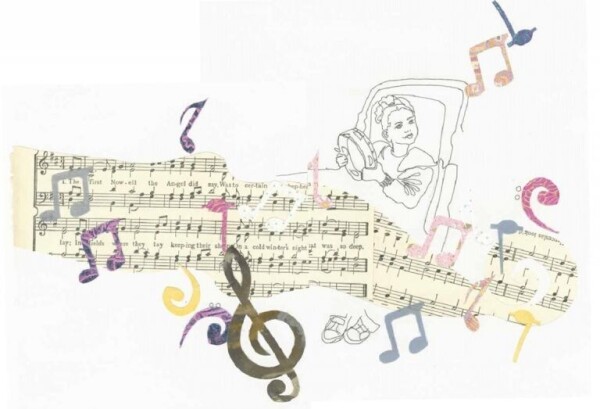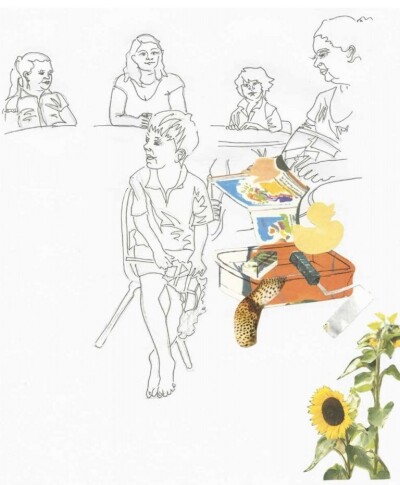Sensory
Helping our students find their potential
Children usually learn and develop a lot through play, our youngsters with special needs are no different. Play can support the specific difficulties your child might have. If your child has a hearing or visual impairment, play can help strengthen their other senses to help them to navigate and explore the environment around them. For mobility impairment, play can exercise their muscles and improve coordination.
Children with autistic spectrum disorder can often be less social or find imaginative play difficult. They can show interest in non-toy objects, and get enjoyment from things like counting or sorting objects – however this is still playing. We can use their interests to encourage social and imaginative play, by joining in with the activities they choose to partake in.
A child with attention deficit hyperactivity disorder (ADHD) may also struggle to play socially, because their symptoms, such as having difficulty waiting their turn, can sometimes put other children off playing with them. Play can give children with ADHD the chance to express themselves and exert some energy, and with some adult guidance can help them build relationships with other children.
Exploration and discovery are paramount to play, and experimenting with different senses can be very enjoyable for children Stimulating these senses also strengthens connections in the brain which are important for all types of learning. Cognitive development: understanding how things work, comparing the characteristics of different materials. Social skills: Children can watch how others play, copy and share ideas. Self-awareness: Children learn what materials they like and don’t like, increasing their understanding of themselves Physical development: Sensory activities can be a good workout for the small muscles in their hands and fingers – fine motor control. Emotional development: Play can be a good release for energy or stress, and means children can also express positive feelings. Communication skills: Whatever their level of language development, children can express their reactions to the materials, for example showing anticipation of a water spray or delight at a coloured light.
Helping our students find their potential
In September 2018, Sandgate School created a partnership with Cumbria Music Hub and Bluejam Music. The aim was to create opportunities for the musicians working within the Hub to gain valuable experience working with children with SEND. This has been a great success, with two groups now running weekly.
The first group is a Sensory Group working with children with PMLD across the Sandgate age range. Having spent some time building up relationships between children and players, we are now composing Theme Tunes for everyone in the group. This session looks very much at psychomotor responses to music, facial expression and vocalisation. This has given all involved a huge amount of pleasure and pride. We look forward to the coming months and the performance at the end of the year.
The second group is a Primary ASC group, working on communication skills. This involves song, and instrumental work, turn taking and awareness of others within a group. All participants fully enjoy this session, and again, we look forward to the next term of music participation.

Helping our students find their potential
As part of our individualised learning programs, we focus very much on how our young people process the world around them. To ensure that we can understand how to enable this, all of our sensory learners will be assessed via the Sensory Profile on entering school. This gives staff a clear view of the way a young person is seeing their environment, what they are seeking, and what they are over stimulated by. Having this information can then help teaching and support staff motivate our students with Autism, and engage them to learn.
Once the young person’s sensory needs have been addressed, we can build in these vital elements within our school day. For example, if a young person especially seeks movement and vestibular stimulation, regular movement breaks can be built into their schedule. When this has been established, these breaks can be used to support learning, and so maintain concentration levels. Activities can be tailored to each young person’s learning style, and so encourage participation in the breadth of the curriculum. Lessons are built around the seven senses, to engage each learner in their own way.

Artwork by Lucy Wisse
Helping our students find their potential
There are many benefits of sensory soft play for children, these range from improving their physical abilities to the way that they communicate with others. At Sandgate we use Soft Play opportunities to stimulate the senses, including sense of balance (vestibular) and awareness of the child’s own body and surroundings (proprioception).
Each child will have a different sensory threshold and a setting that may be perfectly fine for one may be either under stimulating or overstimulating for another. When in a safe, sensory space, children can feel more secure within themselves. This can encourage movements and interactions which may otherwise prove to be a challenge. As they become more confident, these skills can then be transferred into the outside world
